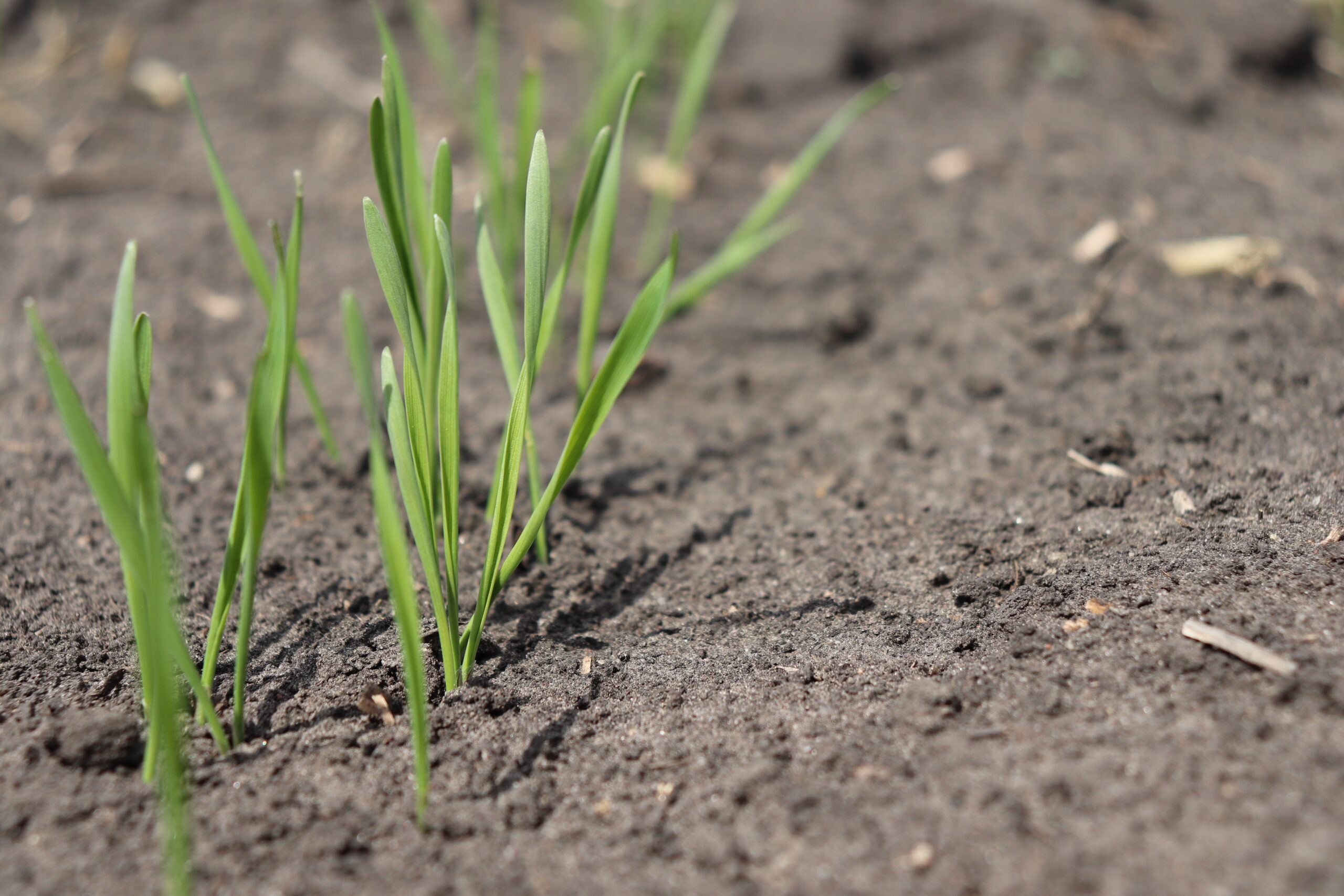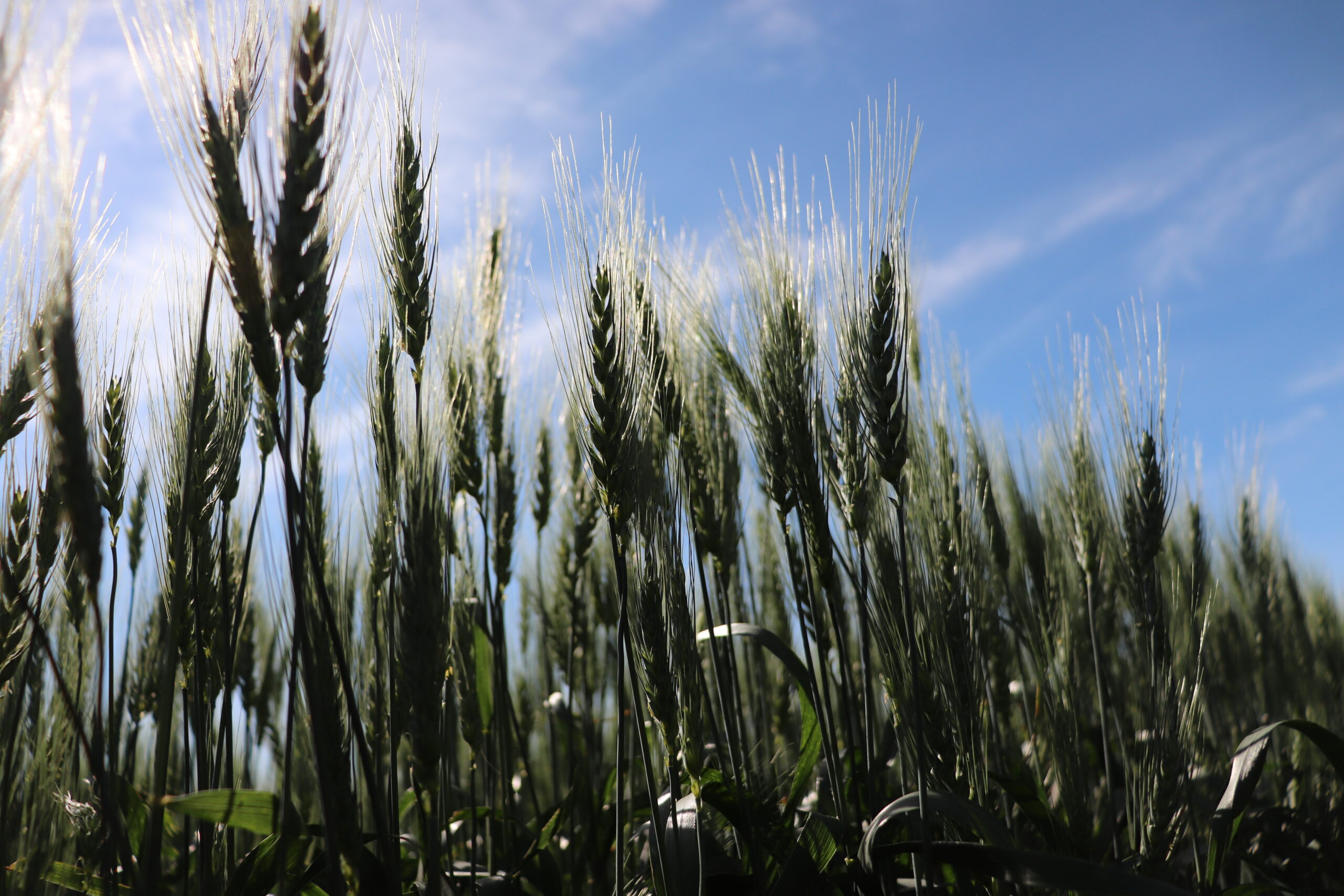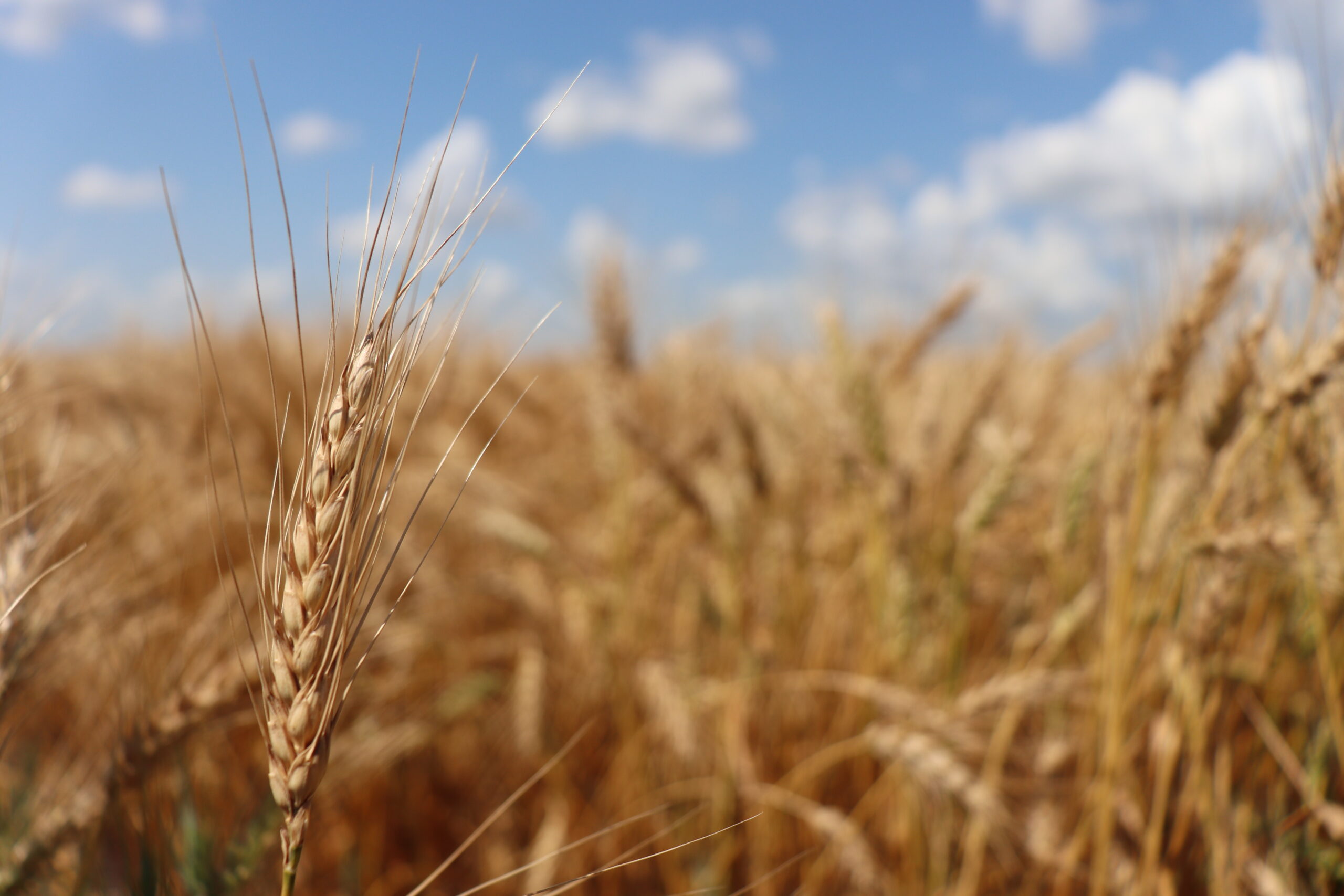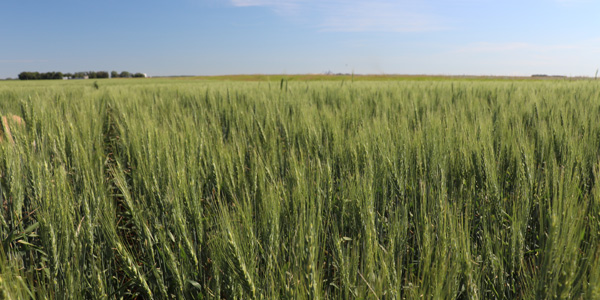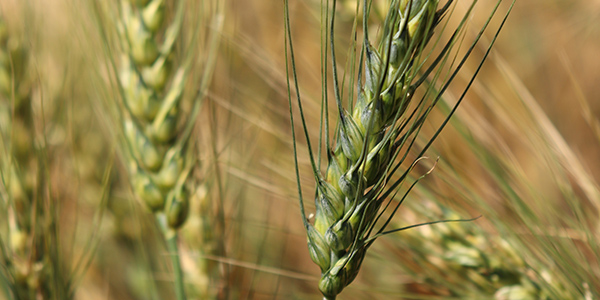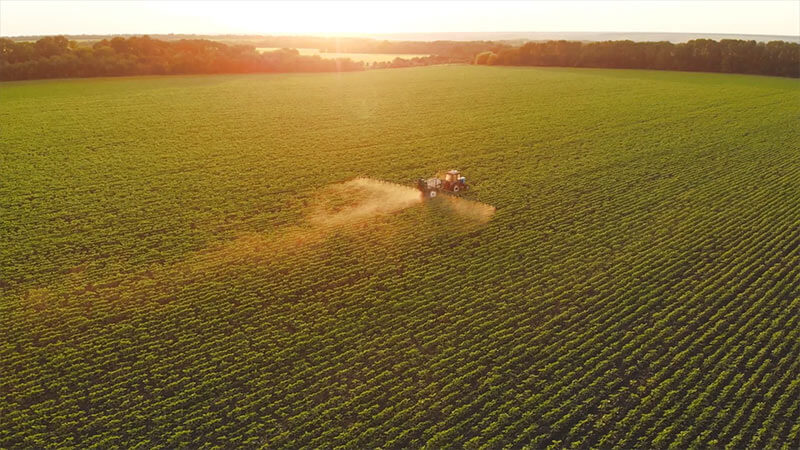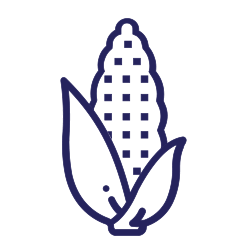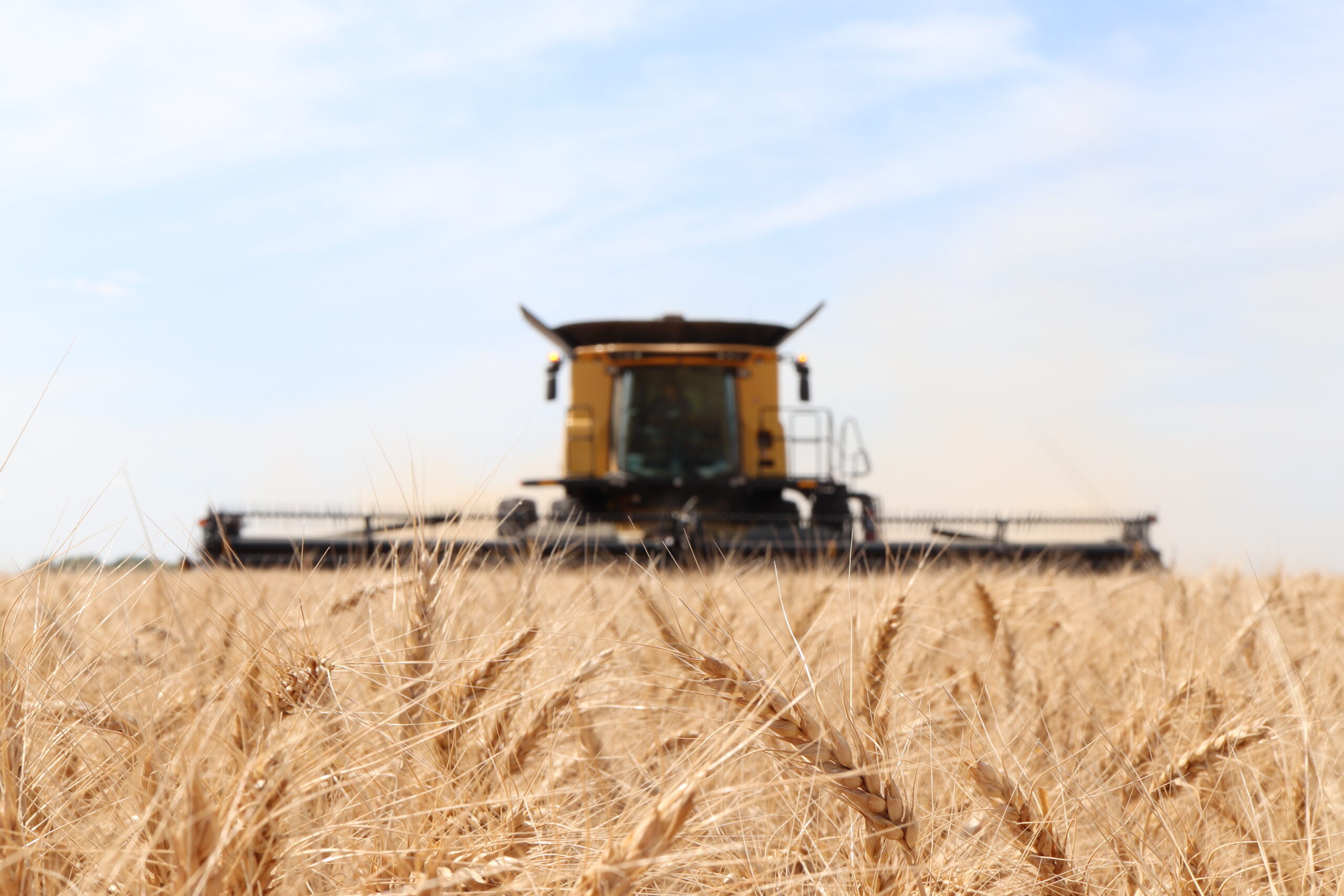Marker assisted pre-breeding for Alternative Semi-dwarfing genes and anther extrusion in durum and bread wheat
Crop Types
- Wheat
Collaborating Locations
University of SaskatchewanFusarium head blight (FHB) is the most important fungal disease that affects wheat throughout cereal growing regions of Canada. It is one of the five priority-one diseases of wheat in the cultivar registration system, and an “intermediate” resistance reaction is required for cultivar registration. While integrated control methods are practiced by producers, cultural practices and fungicides are not completely effective to control FHB; therefore, improving host genetic resistance is an attractive strategy to achieve meaningful control. More than 20 reduced height (Rht) genes have been reported in wheat, but the two semi-dwarfing Rht-1 homoeoloci, Rht-B1 and Rht-D1, have been widely employed in wheat breeding worldwide since the Green Revolution. Semi-dwarf cultivars are generally less prone to lodging, especially under high water and nitrogen conditions that are conductive to increased harvest index. Unfortunately, it has been well documented that the two genes are associated with Type 1 susceptibility to FHB. Several studies have collected data on anther retention (AR) or anther extrusion (AE), plant height and FHB resistance, and 60% and 40% of the QTL for AR/AE and plant height, respectively coincided with FHB resistance QTL. Therefore, breeding for reduced FHB susceptibility conditioned by morphological and developmental characters such as high AE and alternative dwarfing genes can be an effective strategy to reduce FHB infection in wheat.
Objectives
- To generate elite CWAD and CPSR lines with Rht24 and high anther extrusion (AE) sources using marker assisted selection
- To improve and deploy breeder friendly, efficient markers for Rht24 and AE to support marker assisted selection (MAS)
- Investigate associations between Rht24 and AE with Fusarium head blight (FHB) resistance traits.
- Localize alternative dwarfing gene(s) from Tetraploid FHB resistance sources

